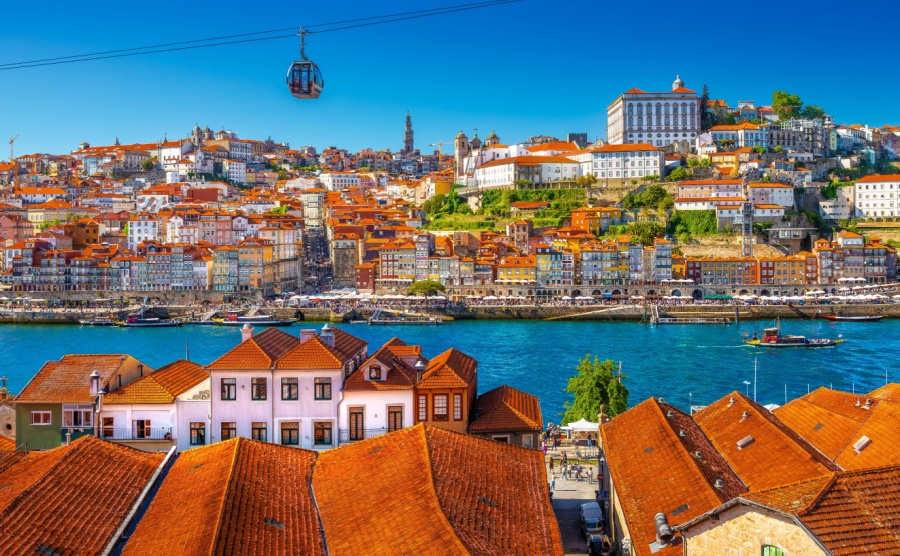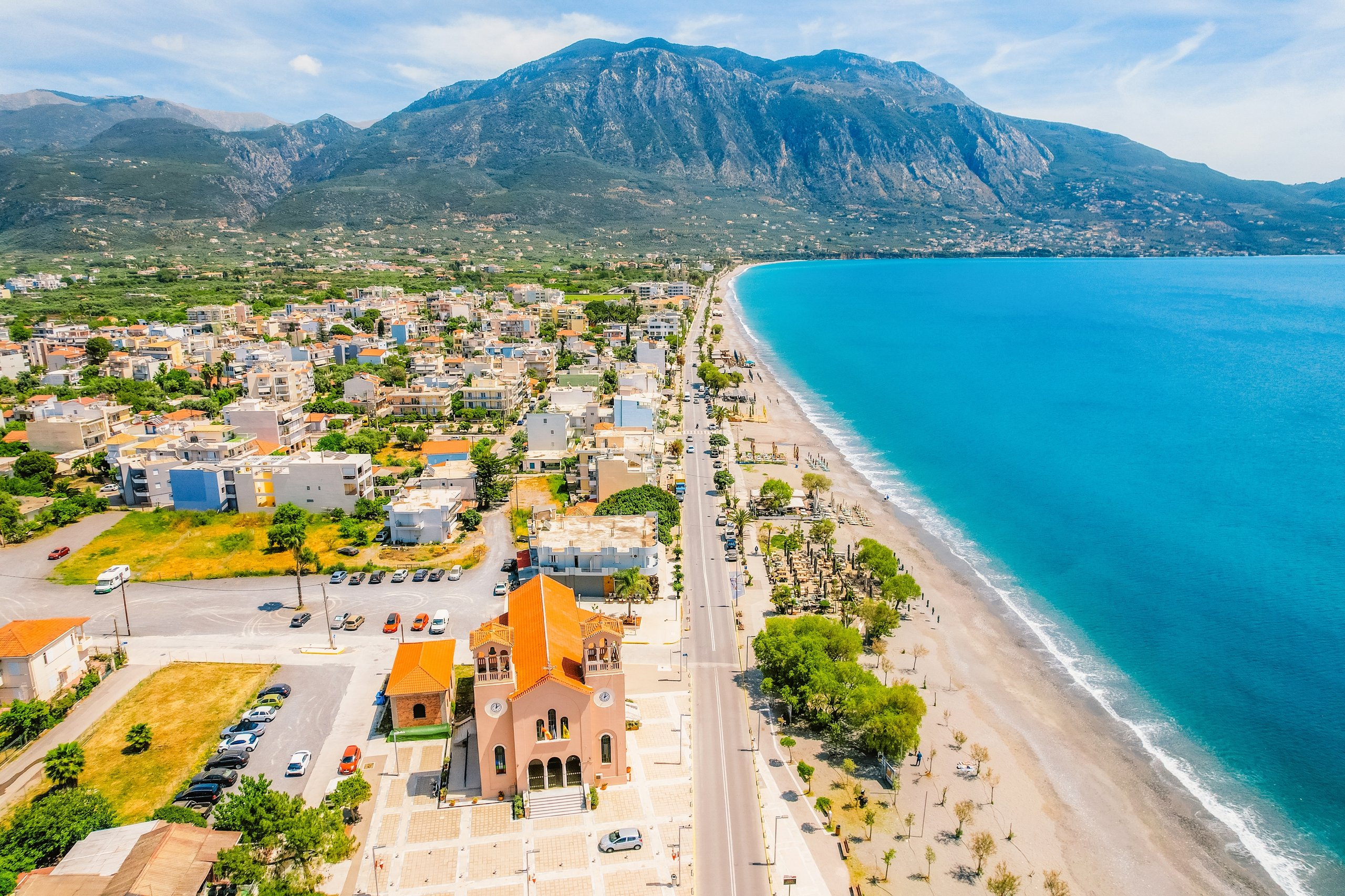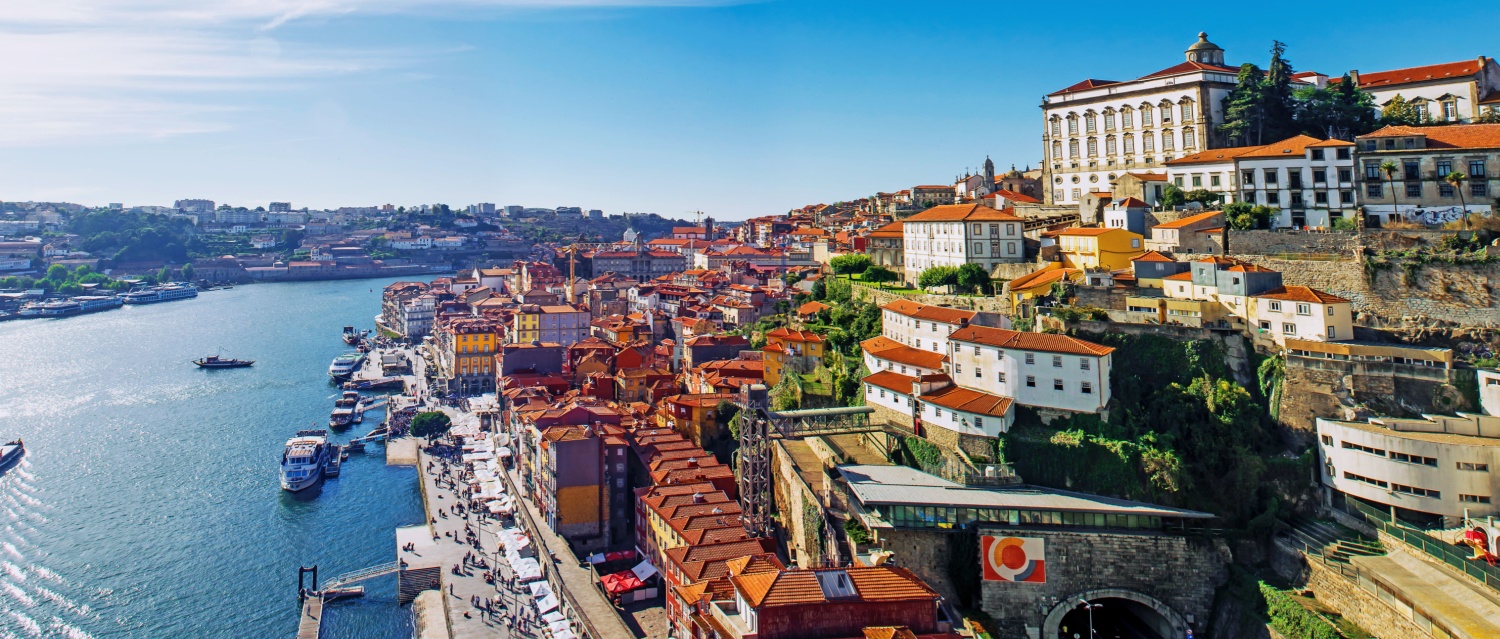Porto is one of Europe’s most captivating cities – a place where ancient alleyways, modern innovation and riverside serenity come together. Often overshadowed by Lisbon, buying property in Porto offers a unique mix of affordability, history and coastal charm that’s increasingly catching the attention of international property buyers.
Positioned along the Atlantic coast in northern Portugal, where the Douro River meets the sea, Porto has grown into a thriving cultural and commercial hub. With a population of around 1.7 million in the metro area, it punches above its weight in both economic potential and lifestyle appeal. Whether you’re seeking a city bolthole, a seaside escape or a rental investment, Porto now rivals Lisbon for long-term prospects – often at considerably lower prices.
In this comprehensive breakdown, we explore the key considerations of buying property in Porto, updated for 2025. From choosing the right neighbourhood to understanding prices and legal steps, here’s everything you need to begin your Portugal property journey with confidence.
Download the Portugal Buying Guide
Contents

Why buy a property in Porto?
Porto’s popularity among foreign buyers has risen steadily over the past decade, and for good reason. The city is compact, welcoming and offers a high quality of life at a lower cost than many other European cities. While large enough to offer a cosmopolitan lifestyle, it’s small enough to navigate on foot or by metro.
UNESCO recognised Porto’s historic centre in 1996, underscoring its rich heritage. The Ribeira riverside area, lined with colourful townhouses and baroque churches, captures the essence of old-world charm, while across the city modern developments are improving infrastructure and housing options.
Although property prices have climbed in recent years, they remain well below those in Lisbon and other Western European investment hotspots. The tech sector is also expanding, drawing young professionals, digital nomads and entrepreneurs to the city. Whether you’re considering relocating, retiring or investing, Porto offers an appealing balance of affordability and future growth potential.
For a broader look at purchasing property abroad, claim you free copy of our Portugal Buying Guide:
Download the Portugal Buying Guide
Getting to and around Porto
Porto’s Francisco Sá Carneiro Airport (OPO) is Portugal’s second busiest and serves over 100 international destinations. In 2025, it offers direct connections to key cities in Europe, North America and Africa, making it particularly convenient for property buyers living abroad.
The airport sits just 15km from the city centre and is easily accessed by car, metro or shuttle bus. A journey via metro on Line E takes around 30 minutes to the heart of the city, making airport transfers simple and cost-effective.
Travelling within Portugal is equally straightforward. Trains to Lisbon take approximately 2.5 hours and run frequently. The motorway connects the two cities for a three-hour drive. Porto’s public transit network includes a metro system, buses and regional trains – all affordable and reliable. For property owners, this means you may not need a car, especially if you stay within the metropolitan area.
What’s the weather like in Porto?
Porto has a temperate oceanic climate, making it cooler and wetter than the Algarve but generally mild all year round. Summers are warm and dry, with July and August averaging highs of 25°C and minimal rainfall. Nights remain comfortable, rarely requiring air conditioning.
Winters are mild by northern European standards, with daytime temperatures around 14-17°C. Although cooler, Porto’s winters are wet – December and January can bring 10–15 days of rain per month. Snow is extremely rare.
Spring and autumn are transitional, offering warm days and cooler evenings. These seasons are perfect for visiting or carrying out property renovations, allowing you to benefit from lower travel costs and pleasant weather without peak tourist traffic.
While you may want central heating in older homes, the climate overall is highly liveable – particularly for British and northern European buyers seeking a gentler winter climate.
Best areas to buy property in Porto
Porto offers a diverse selection of neighbourhoods, each with its own atmosphere and appeal. Your choice will depend on whether you’re buying a holiday home, relocating or investing in rentals.
- Ribeira: This riverside UNESCO-listed quarter is visually iconic, with narrow streets, colourful facades and river views. It’s perfect for short-term rentals or a romantic pied-à-terre.
- Foz do Douro: This affluent coastal district offers beaches, high-end restaurants and sea breezes. Homes here are spacious and luxurious, suiting buyers seeking seaside living.
- Cedofeita: Known for its creative scene and walkability, Cedofeita attracts students, artists and expats. Expect trendy cafes and boutique flats within historic buildings.
- Bonfim: One of the most dynamic areas, combining traditional charm with emerging modernity. A place for investors eyeing growth and younger tenants.
- Matosinhos: Just north of central Porto, this coastal suburb is famous for seafood and surf beaches. It offers a mix of new builds and older homes with room to expand.
- Vila Nova de Gaia: Across the Douro River, known for its port wine lodges and sweeping views of Porto. Gaia offers slightly better prices and strong tourism appeal.
Many of these areas are accessible by metro or tram, so choosing a property near public transport is wise if you plan to rent or travel without a car.
How much does property cost in Porto?
In Porto, prices vary significantly depending on location, property type and condition. In central areas like Ribeira or Baixa, a renovated one-bedroom flat typically starts at €170,000, while modern apartments in sought-after districts like Foz can exceed €500,000.
Outside the city centre, options open up. In the Porto district – particularly in areas like Gondomar, Valongo or Maia – you might find detached houses or land from €60,000 to €150,000. These locations are ideal for buyers seeking space or long-term investments.
A family townhouse near central museums or river promenades could cost between €400,000 and €600,000 in 2025, depending on size and finishes. Villas with pools or sea views command premium prices, often over €700,000.
While property has become more expensive in recent years, Porto still undercuts Lisbon by 20–30% on average offering greater value for lifestyle or returns.
Is buying property in Porto a good investment?
Porto is viewed as one of the top Portuguese cities for property investment. Property values have risen steadily since 2014, and although growth has slowed slightly post-pandemic, 2023 saw prices rise around 6.9%. Importantly, appreciation in many neighbourhoods has outpaced Lisbon.
Rental demand remains strong. The city is home to several universities, a growing tech start-up scene and an active Airbnb market. Porto also benefits from Portugal’s digital nomad visa and the Non-Habitual Residency (NHR) scheme, which continue to attract remote workers and retirees.
Holiday lets remain popular, though regulation has tightened. If you’re planning to rent to tourists, confirm that the property has or can obtain an Alojamento Local (AL) licence. Investing in Portuguese property is still viable.
Whether you’re buying to let, relocate or just lock in value before the next wave of price rises, Porto offers long-term potential – especially in up-and-coming neighbourhoods undergoing revitalisation.
Steps to buying property in Porto
Navigating a property purchase in Porto may seem daunting, but the process is structured and secure. Here’s how to get started in 2025.
- Set a realistic budget: Factor in all costs – not just the price. Buyers should allow an extra 8–10% for legal fees, taxes and commissions. If you’re converting currency, speak to a specialist like Smart Currency Exchange to protect your budget from rate changes.
- Explore the market: Research districts, connect with a bilingual lawyer and consider seeking help from a property consultant like those at Your Overseas Home. They can introduce you to trusted English-speaking estate agents.
- Begin your search: View listings online through our property portal and use satellite tools to get a feel for the neighbourhood. If you cannot travel immediately, many estate agents offer virtual viewings or video walkthroughs.
- Arrange a viewing trip: When you’re ready, plan a property viewing visit to see homes in person. Download our Viewing Trip Guide to get all the details on what you need to account for.
- Make your offer: Offers are made via estate agents and can be subject to conditions, such as finance approval. Portuguese sellers expect negotiations, so don’t be afraid to start below asking price.
- Sign a promissory contract: This formal agreement (Contrato de Promessa de Compra e Venda) is a legally binding commitment. At this stage, you typically pay a deposit of around 20%.
- Completion at the notary’s office: The final deed (Escritura Pública) is signed before a notary. At this point, full payment is made and the property is officially transferred.
With proper preparation and expert assistance, purchasing property in Porto can be a smooth experience. Book a call with one our consultants to get your journey started.
Still exploring where to buy property in Portugal? Porto is a strong contender, but it’s worth comparing with other regions in our detailed guide to where to buy property in Portugal. If you’re ready to begin the process, our expert-led breakdown on how to buy property in Portugal will walk you through every step – from budgeting to signing the deeds.
Frequently asked questions
Yes, Porto offers an excellent mix of affordability, culture, and long-term investment potential. With a growing economy, strong rental demand, and ongoing regeneration in many districts, it’s a smart choice for both lifestyle buyers and investors.
Yes, there are no restrictions on foreign property ownership in Portugal. The process is transparent and secure, and many professionals – including lawyers and estate agents – are experienced in helping international buyers.
In 2025, renovated one-bedroom flats in central areas start around €170,000. Townhouses near the centre cost from €400,000 to €600,000, while sea-view villas and premium homes exceed €700,000. More affordable options can be found in surrounding districts from €60,000 upwards.









